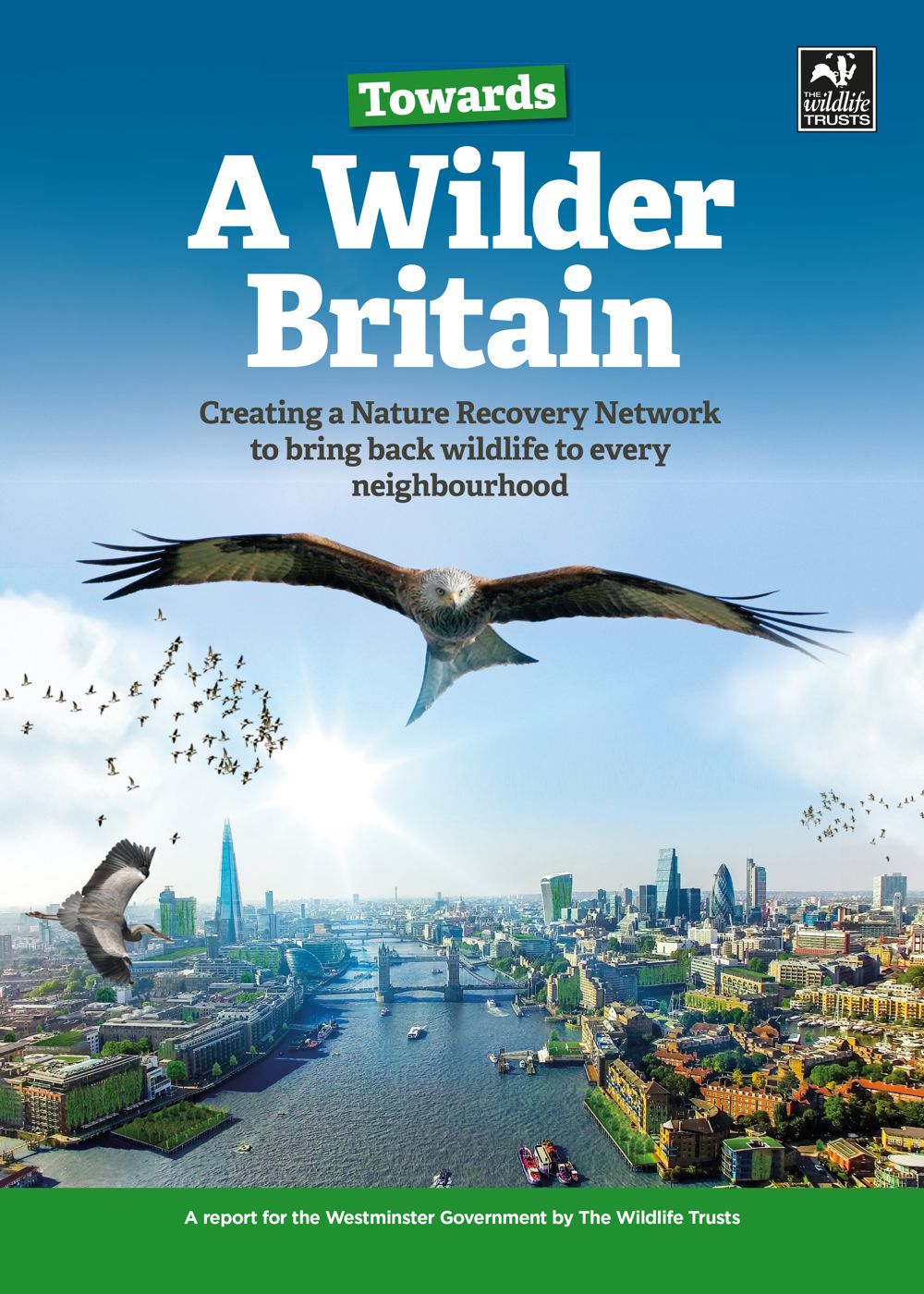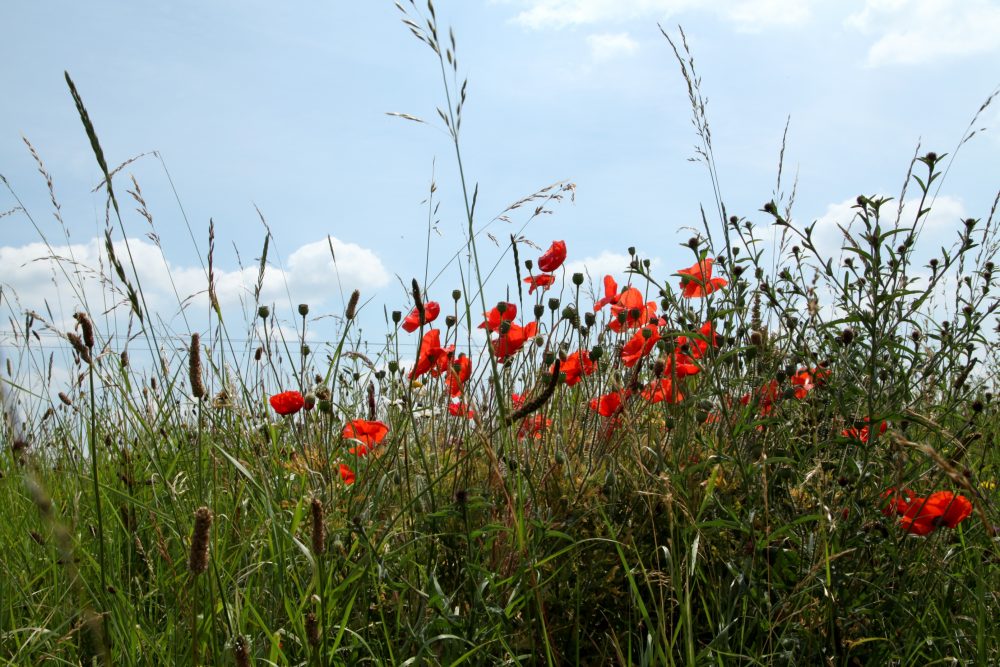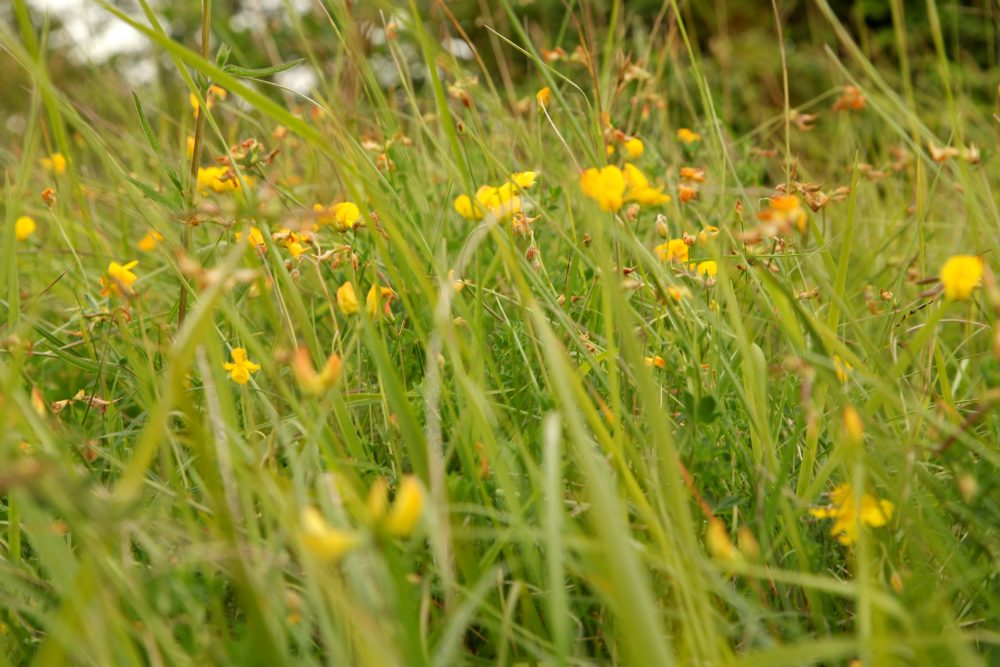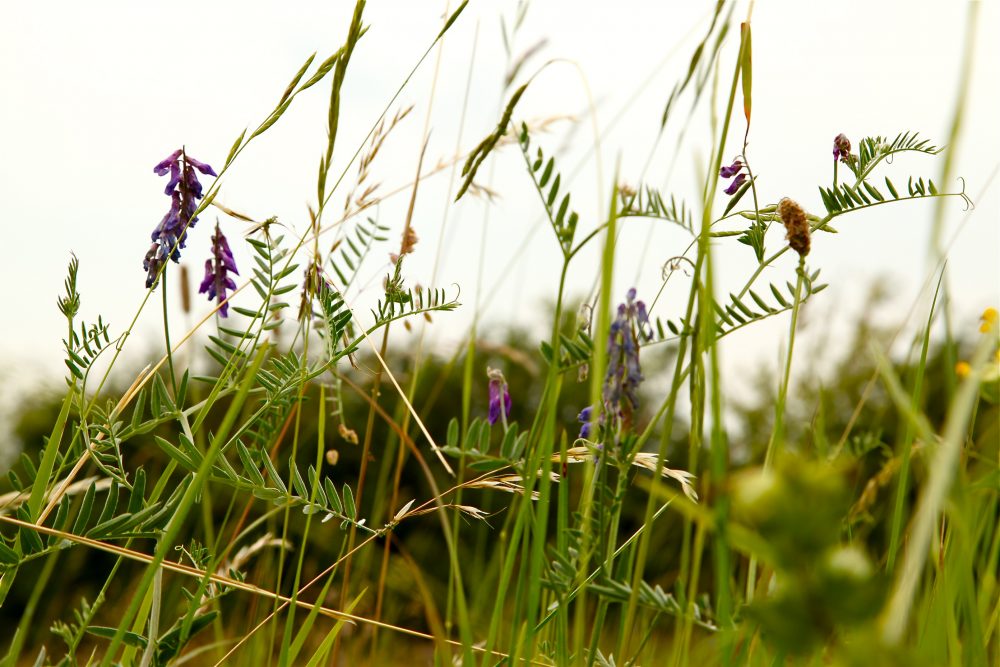New proposals for a wilder Britain – A critical moment to reverse the decline of nature
Today the Wildlife Trusts are publishing “Towards a wilder Britain – creating a Nature Recovery Network” which shows how new laws could lead to the creation of nature recovery maps and reverse decades of wildlife declines.
The new report details how a Nature Recovery Network can be established by mapping out important places for wildlife which need to be protected as well as key areas where habitats should be restored. The Wildlife Trusts believe new laws are needed, including an Environment Act, to ensure this happens. Local Authorities must be required by law to produce local Nature Recovery Maps to achieve the new Government targets that we are calling for. It’s vital that we increase the extent and quality of natural habitats – to turn nature’s recovery from an aspiration to a reality.

A critical time for wildlife
The report launch comes at a critical time for wildlife. It coincides with the final week of two key government consultations which present a rare opportunity – the first in living memory – to influence the future of both national farming and planning policy and how these impact on nature in England. Precious wild places and the species that depend on them have suffered steep declines over the past 70 years; intensive farming and urbanisation have been significant causes.
Now the public has a chance to call for change – so that planning rules, farm support and regulation work together towards the recovery of nature and wildlife. The Wildlife Trusts are urging people to respond to both consultations. The Government’s 25 Year Plan for the Environment proposes the creation of a Nature Recovery Network. To take this forward Nature Recovery Maps should be at the foundation of future farming and planning policy, guiding habitat creation by farmers and housing developers to ensure it achieves government targets for wildlife’s recovery.

Protection for Local Wildlife Sites
Protection for important havens for wildlife that are supposed to be recognised in planning policy have been dropped from the draft National Planning Policy Framework. This is a backward step that would undo basic protection for 42,000 of these special places for wildlife.
Stephanie Hilborne, Chief Executive, The Wildlife Trusts, says: “Nature is valuable for its own sake and is the foundation of our society and of our economy. Yet we have neglected its value for too long. We need to substantially improve our farming and planning policies which are currently up for review; and we need an ambitious Environment Act that puts nature’s recovery on to a statutory footing. The only way any of this can work is if there are Nature Recovery Maps in every part of the country. This can help build the Nature Recovery Network that future generations deserve.”

The consultation on the future for food, farming and the environment
The consultation on the future for food, farming and the environment closes on 8th May. It asks where public money, in the form of subsidies to farmers, should be spent in the future. It will also help to establish how the rules and standards for land management should be set and enforced. Farming practices are one of the key reasons for wildlife decline in the countryside, so if we want nature’s recovery we need a revolution in the way that farmland is managed. What works for wildlife will be good for people, too. Farmers need healthy soils and large populations of pollinators, like bees, to grow crops. We need clean, healthy water running into our rivers. We need a wildlife-rich countryside to relax in. To ensure this, The Wildlife Trusts want to see rules that:
- Reward farmers and land managers for the benefits they provide for society, like clean water, healthy soils and a wildlife-rich countryside
- Replace the Common Agricultural Policy with a system that supports public benefits and environmental outcomes for society
- Changes the culture of regulation, making it easier for farmers to help nature without being weighed down by unnecessary paperwork, inspections and bureaucracy

The consultation on the National Planning Policy Framework
The consultation on the National Planning Policy Framework, closes on 10th May. The rules that guide planning for development will shape the future of housing. About 36 square miles of land are used by new developments every year and so the outcome of this consultation is hugely important for wildlife. The Wildlife Trusts want to see rules that:
- Protect wildlife and secure recognition of Local Wildlife Sites (which lose protection under the current proposals)
- Integrate wildlife habitats into new developments – for wildlife and people
- Commit to an improvement for wild species and habitats from all development (‘net biodiversity gain’)
- Require that new developments contribute to a national ‘Nature Recovery Network’ by including this in local planning strategies

#ActSwiftly
Read about The Wildlife Trusts’ #ActSwiftly campaign urging people to respond to the two consultations. Swifts arrive back to the UK in late April and early May. The swift is a bird that needs towns and the countryside to nest and feed in; it is emblematic of the need for wildlife-rich habitats in both environments. Read about the campaign to save Local Wildlife Sites here.
Download Towards a wilder Britain – creating a Nature Recovery Network.















